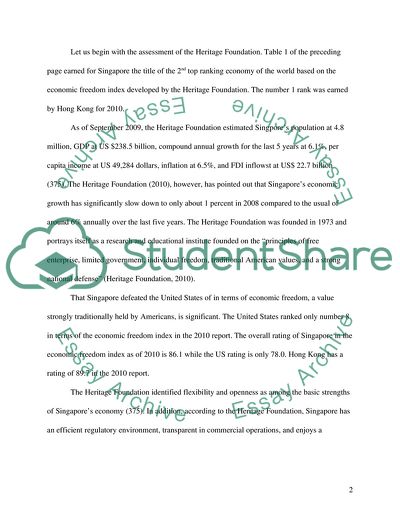Cite this document
(Direction for Economic Reform in Singapore Case Study, n.d.)
Direction for Economic Reform in Singapore Case Study. https://studentshare.org/macro-microeconomics/1734347-economics-country-recommendation
Direction for Economic Reform in Singapore Case Study. https://studentshare.org/macro-microeconomics/1734347-economics-country-recommendation
(Direction for Economic Reform in Singapore Case Study)
Direction for Economic Reform in Singapore Case Study. https://studentshare.org/macro-microeconomics/1734347-economics-country-recommendation.
Direction for Economic Reform in Singapore Case Study. https://studentshare.org/macro-microeconomics/1734347-economics-country-recommendation.
“Direction for Economic Reform in Singapore Case Study”. https://studentshare.org/macro-microeconomics/1734347-economics-country-recommendation.


